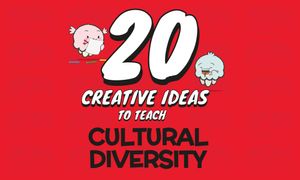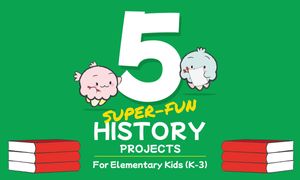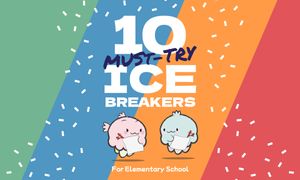Creativity has become crucial for success in today's fast-paced, ever-changing world. However, with the emphasis on academic standards and preparation for standardized tests, many classrooms have become increasingly structured, leaving little room for creative thinking and exploration.
Good news is, there are a number of innovative and effective methods of encouraging student creativity in the classroom. Here are a few:
Integrate technology into the curriculum
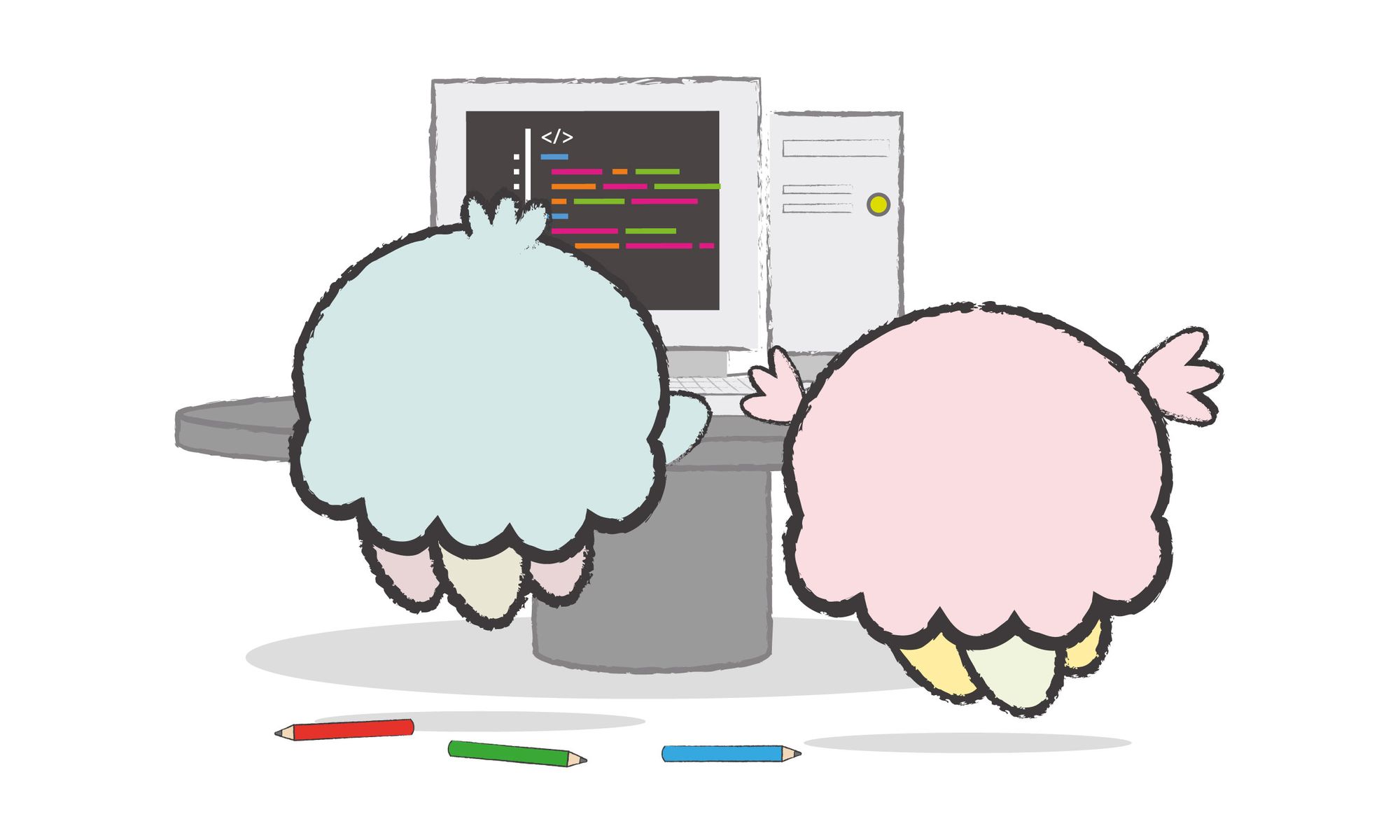
The internet has tons of tools and resources you can use to be creative and innovative. There are endless opportunities for students to get creative with technology, from video production software and coding platforms to educational apps and virtual reality simulations. Through technology, teachers can allow students to experiment, create, and express themselves in new and exciting ways.
Here are some examples:
- Digital storytelling: Students can develop digital literacy and creative writing skills using technology tools like PowToon, Storybird, or Scratch.
- Coding: You can use tools like Scratch, Code.org, or Khan Academy to introduce students to coding and computer programming. It can help them develop their problem-solving and logical thinking abilities.
- Online research: You can help students develop their critical thinking and information literacy skills using tools like Google Classroom and NoodleTools.
- Interactive presentations: To help students develop their speaking and presentation skills, teachers can use tools like Google Slides, Powtoons or Prezi to help them create interactive presentations.
- Virtual field trips: You can use tools like Google Earth or Virtual Field Trips in the classroom to help students explore different parts of the world and gain a deeper understanding of geography and cultures.
Offer hands-on learning opportunities
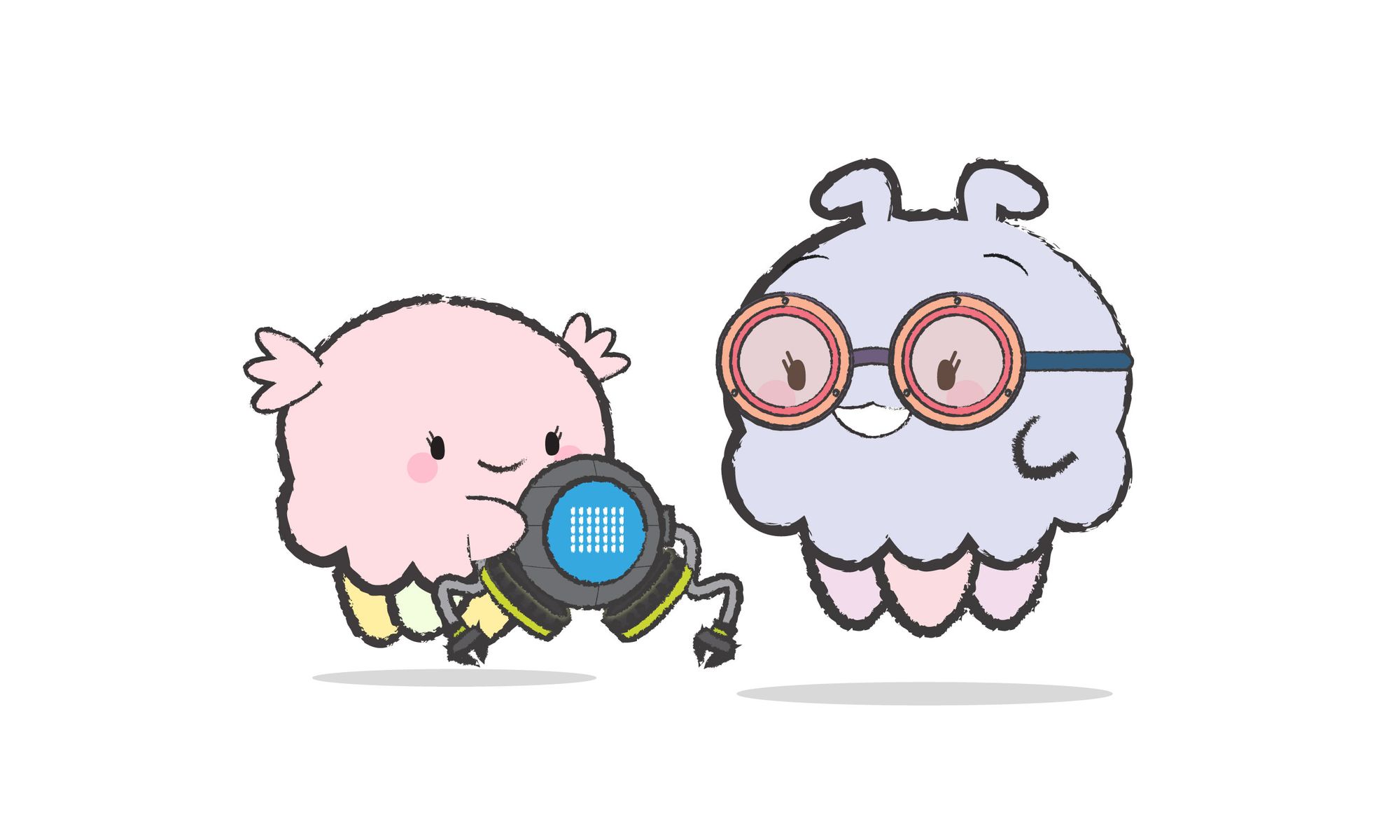
Hands-on learning involves students engaging with materials, tools, and technology in a physical and interactive way. These activities inspire students to think creatively and solve problems for themselves.
Here are some examples:
- Science experiments: Teachers can design science experiments that students can perform and observe. For example, students could be asked to observe and measure the effects of different amounts of sunlight on a plant's growth.
- Art projects: Teachers can offer art projects that allow students to create something with their own hands. For instance, students can be asked to create a 3D model of a cell or a painting inspired by the natural world.
- Cooking activities: Teachers can use cooking activities to teach students science & nutrition, food preparation, and cooking techniques. For instance, students could be asked to make a healthy smoothie and discuss the nutritional benefits of the ingredients used.
- Building activities: Teachers can offer building activities that let kids make stuff. For example, teachers can provide students with recyclable materials and ask them to create a structure or a machine.
- Field trips: Teachers can plan field trips so students can learn in a different environment. For instance, a teacher can go on a nature walk with students to observe the different plant and animal species in their environment.
Provide opportunities for student voice and choice
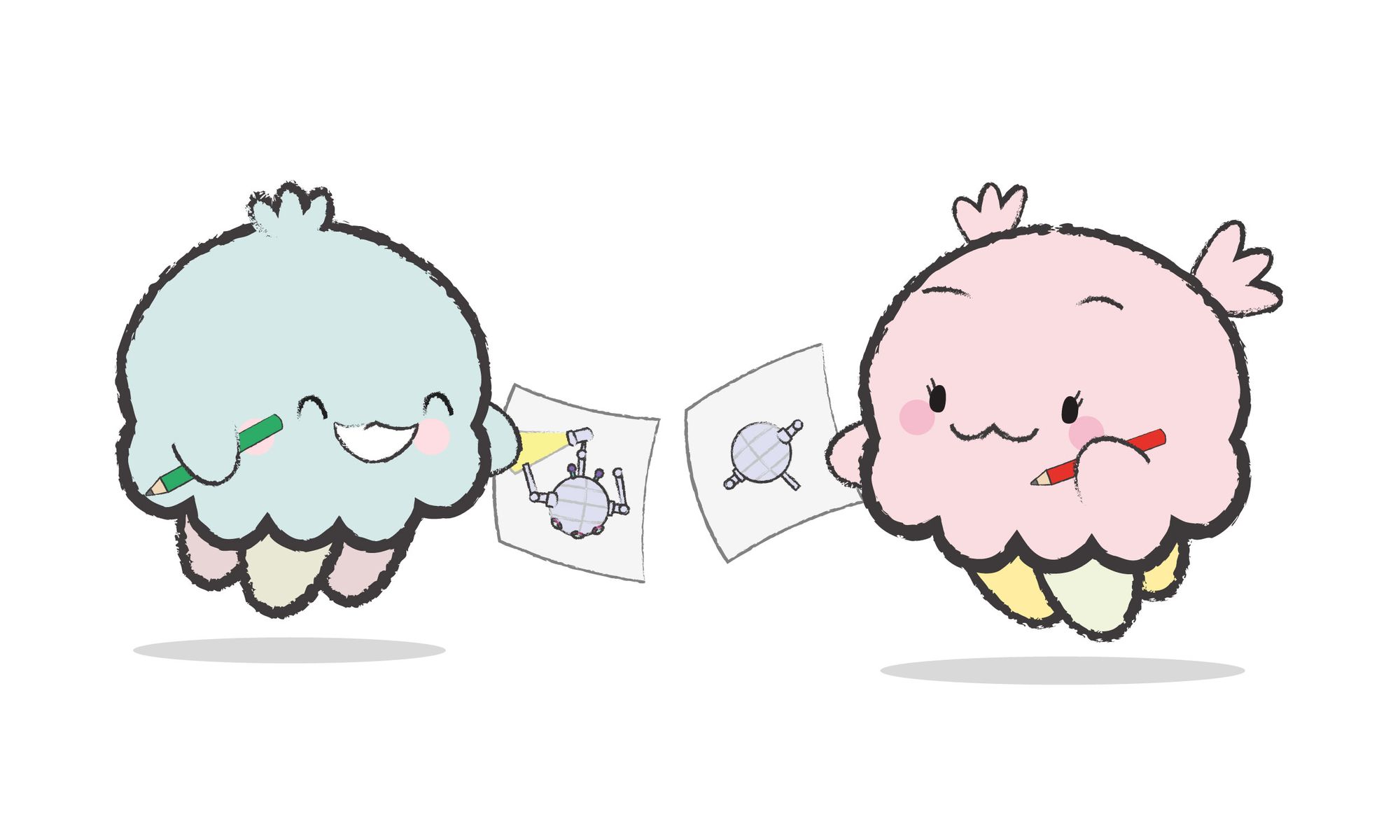
When students make choices and express their own ideas, they're more likely to be engaged in their learning. Teachers can offer various options for projects or activities, allowing students to choose what they are most interested in.
Students can develop autonomy, creativity, and critical thinking skills by actively participating in their own learning. By providing these opportunities, teachers can also help students build a greater sense of ownership over their learning and develop a more positive attitude towards school and learning.
Here are some examples:
- Choice boards: Teachers can make choice boards so students can pick which activities or projects they want to do. For example, a teacher might create a choice board with different options for writing activities. These options might include writing a persuasive essay, creating a poetry collection, or composing a short story.
- Student-led discussions: Students can lead discussions where they can share their opinions, ideas, and thoughts. For instance, a student might lead a discussion about a popular book or movie and discuss the themes and characters.
- Collaborative projects: It's easy for teachers to set up collaborative projects that let students work together. The teacher can have students work on a group project of their choice, like a community service project, a science experiment, or a design challenge.
- Student portfolios: Teachers can provide students with the opportunity to create portfolios that showcase their learning and growth. For instance, teachers can have students create portfolios that include their most outstanding work, reflections on what they have learned, and goals they have set for themselves.
Encourage experimentation and risk-taking
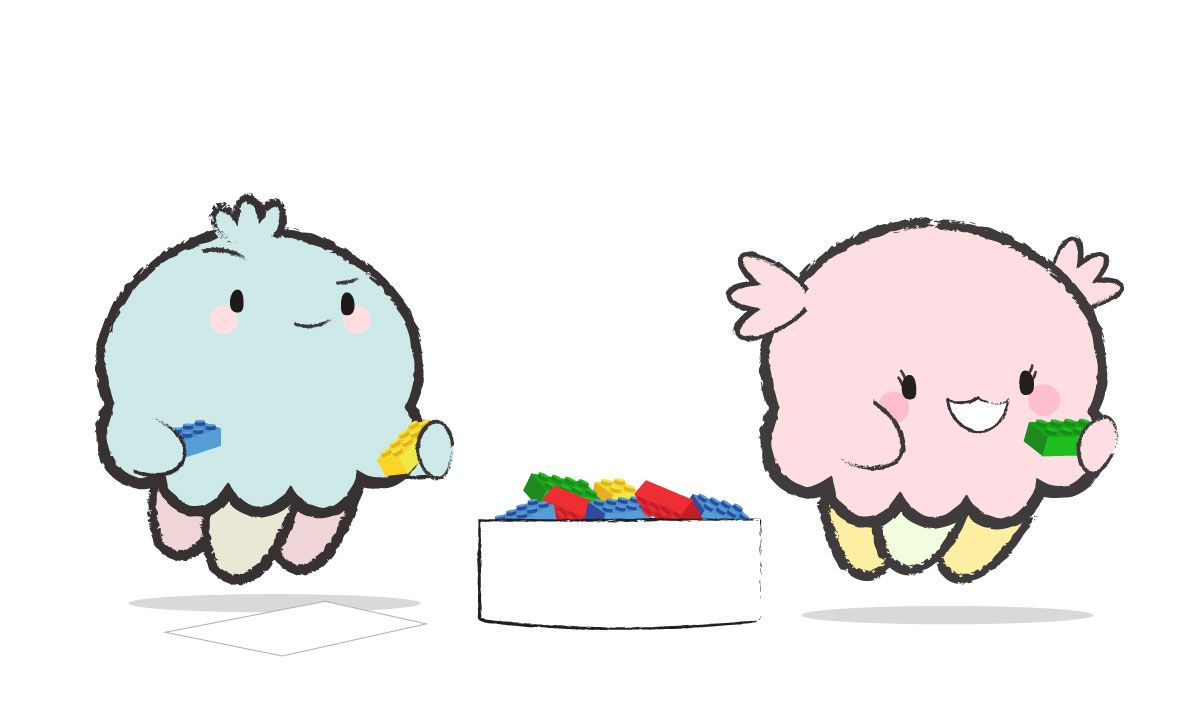
One of the most effective ways to foster creativity is to let kids experiment, make mistakes, and take risks. A safe and supportive environment can encourage students to try new things and explore their own ideas, so that they feel comfortable taking risks and experimenting. Teachers can help students take creative risks and come up with innovative solutions if they foster an experimentation culture.
Students are more likely to take risks, think outside the box, and come up with original solutions to problems when teachers allow them to try new things without fear of judgement or failure. Students who learn in these kinds of environments become more creative and resilient, which leads to greater success in the future.
Here are some examples:
- Encourage students to try new things: Teachers can create a safe and supportive environment for students to try new things by encouraging them to embrace their curiosity. For instance, in science class, teachers can invite students to explore different solutions to a problem using trial-and-error experiments and learn from the results.
- Provide opportunities for self-expression: The teacher can encourage students to take risks by giving them opportunities to express themselves creatively. For instance, a teacher can give students the chance to create projects with a combination of text, images, and audio to express their understanding of a particular topic.
- Encourage students to solve problems creatively: You can teach students to take risks by challenging them to come up with creative solutions to problems. For example, when solving a math problem, ask students to come up with two different methods to solve it, or encourage them to explore alternative approaches to find a unique solution.
- Allow students to make mistakes: Students can experiment and take risks by making mistakes. Teachers can assure students that making mistakes is a part of learning and encourage them to learn from them. For example, when students are working on a math problem, teachers can tell them that mistakes are okay and that they should use the incorrect answer to figure out the correct one.
- Encourage independent thinking: To foster independent thinking, teachers can provide students with opportunities to research, investigate, and think for themselves without giving them a set answer. For instance, teachers can provide students with a problem to solve and allow them to work on it individually or in smaller groups. They provide guidance and feedback as they work.
Use games and simulations
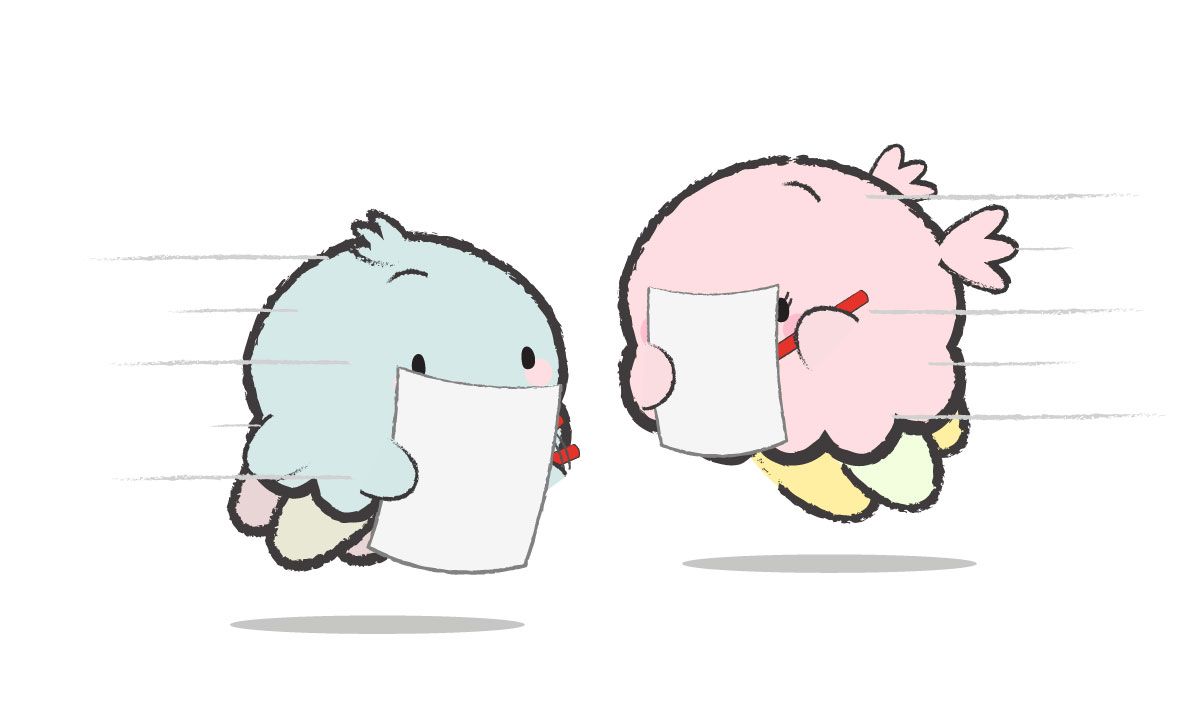
Playing games and simulating can be a very enjoyable way to get students to think outside the box and be creative. Games and simulations can be created by teachers, or they can be used by existing ones. These activities encourage students to experiment, think outside the box, and figure stuff out. If you're teaching English, history, or science, you can use board games, video games, or simulations.
Here are some examples:
- Design challenges: Teachers can use design challenges to encourage creativity and problem-solving. For example, teachers can challenge students to design a new toy or create a solution for a real-world problem.
- Building simulations: Physics, engineering, and architecture can all be taught through building simulations. A virtual sandbox can be used to teach students about the properties of different materials, or a building simulation game like Minecraft can teach them about structure and stability.
- Scavenger hunts: With scavenger hunts, teachers can engage their students in geography, history, or science by asking them to find information about local landmarks, or learn about different types of animals.
- Role-playing games: You can use role-playing games to teach history, literature, and social studies. In a lesson, students might act out scenes from a historical novel or take on the roles of key characters in a historic event, or they might discuss an event from their perspective.
- Creative writing games: Using creative writing games can encourage students to be imaginative and original. For instance, you can play Mad Libs or have them write a story based on a random word.
Here are some interesting activity ideas for your classroom:

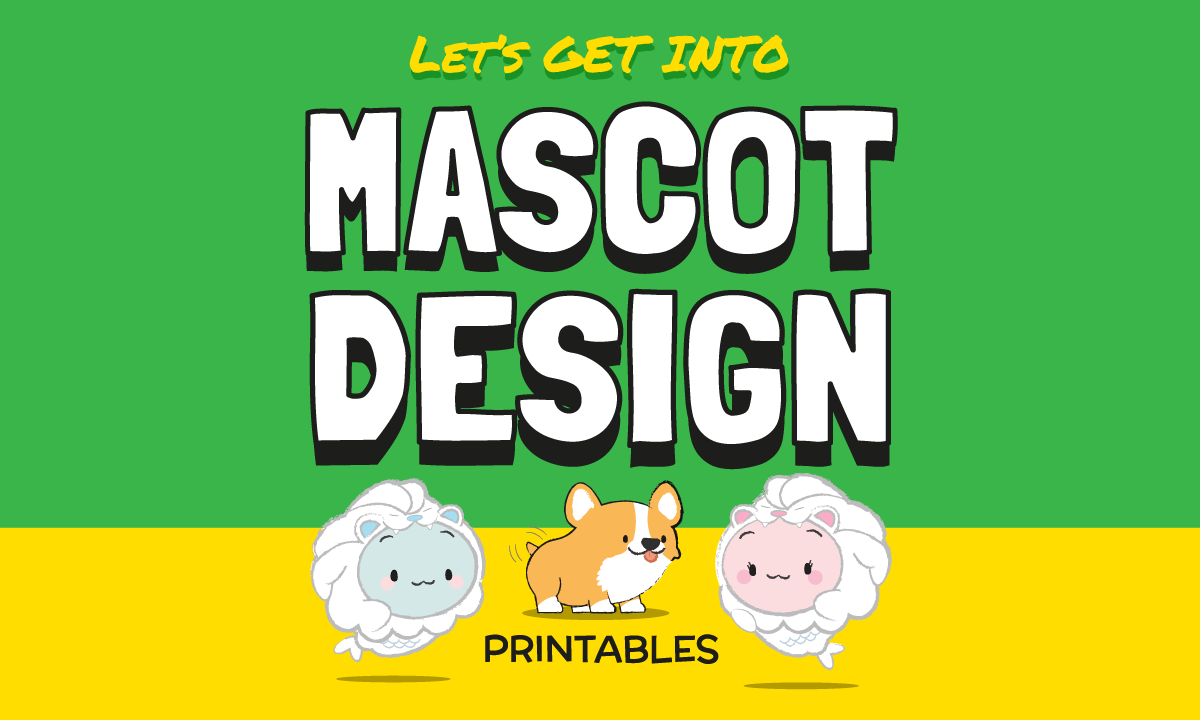


Conclusion
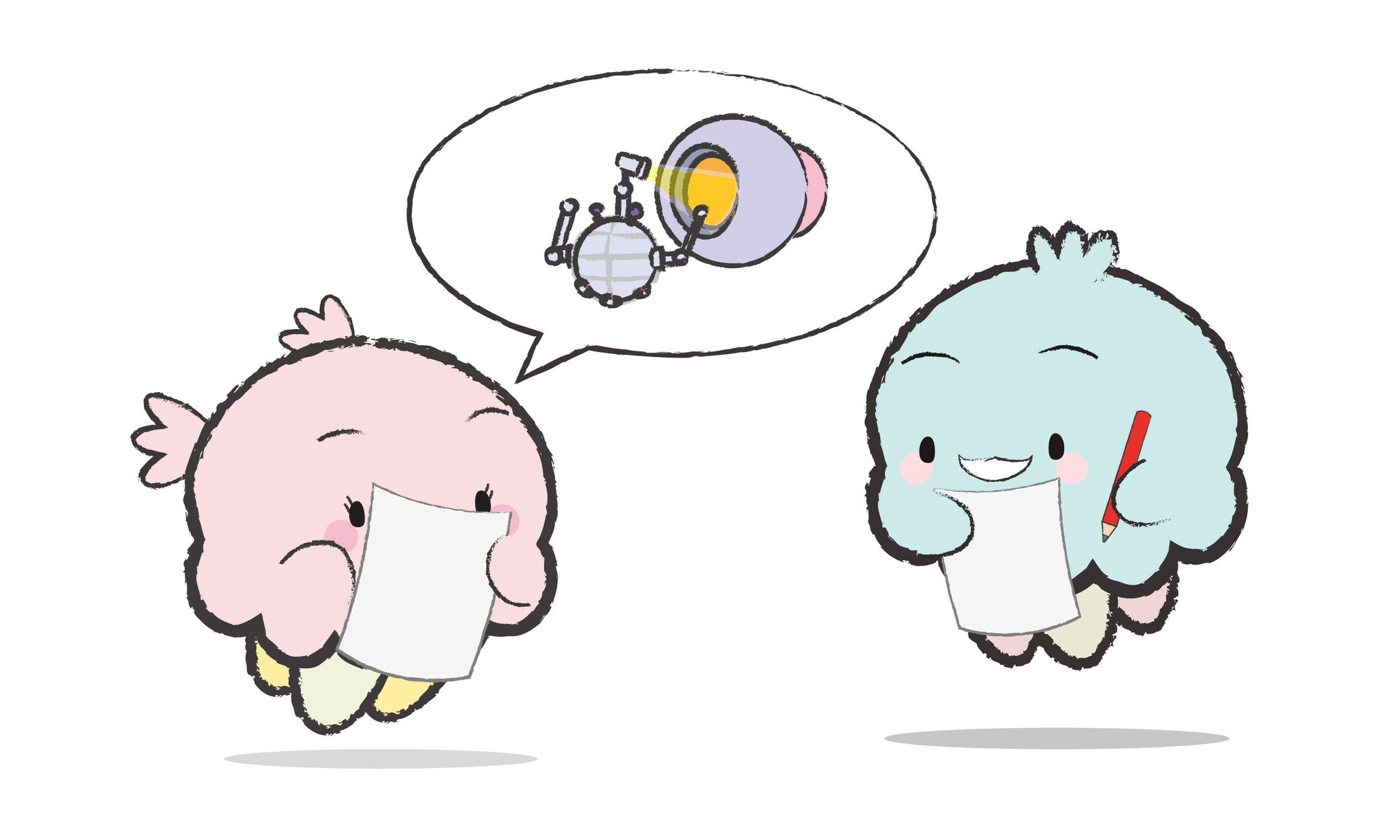
The world is rapidly evolving and students need to be equipped with the skills and abilities to adapt and thrive in this ever-evolving environment. Teachers can develop critical thinking skills, creativity, and problem-solving skills by integrating innovative methods, such as hands-on learning opportunities, technology integration, and student voice and choice.
A teacher can also inspire students to pursue their interests by teaching outside the box, helping them discover their passions, talents, and strengths. In order to succeed in all aspects of life, it's important to encourage students to take risks, experiment, and learn.
By inspiring creativity in the classroom, teachers can help students develop the skills they need to succeed in a rapidly changing world, and foster in them a lifelong passion for learning and innovation.
Share this Teaching Resource
Our K-3 Creative Activity Printable Bundle
Boost your lesson plans with our innovative collection of printable activities for the year. "Over 100 projects with more than 400 printable sheets" to spark imagination and foster creativity in your classroom for the whole year.
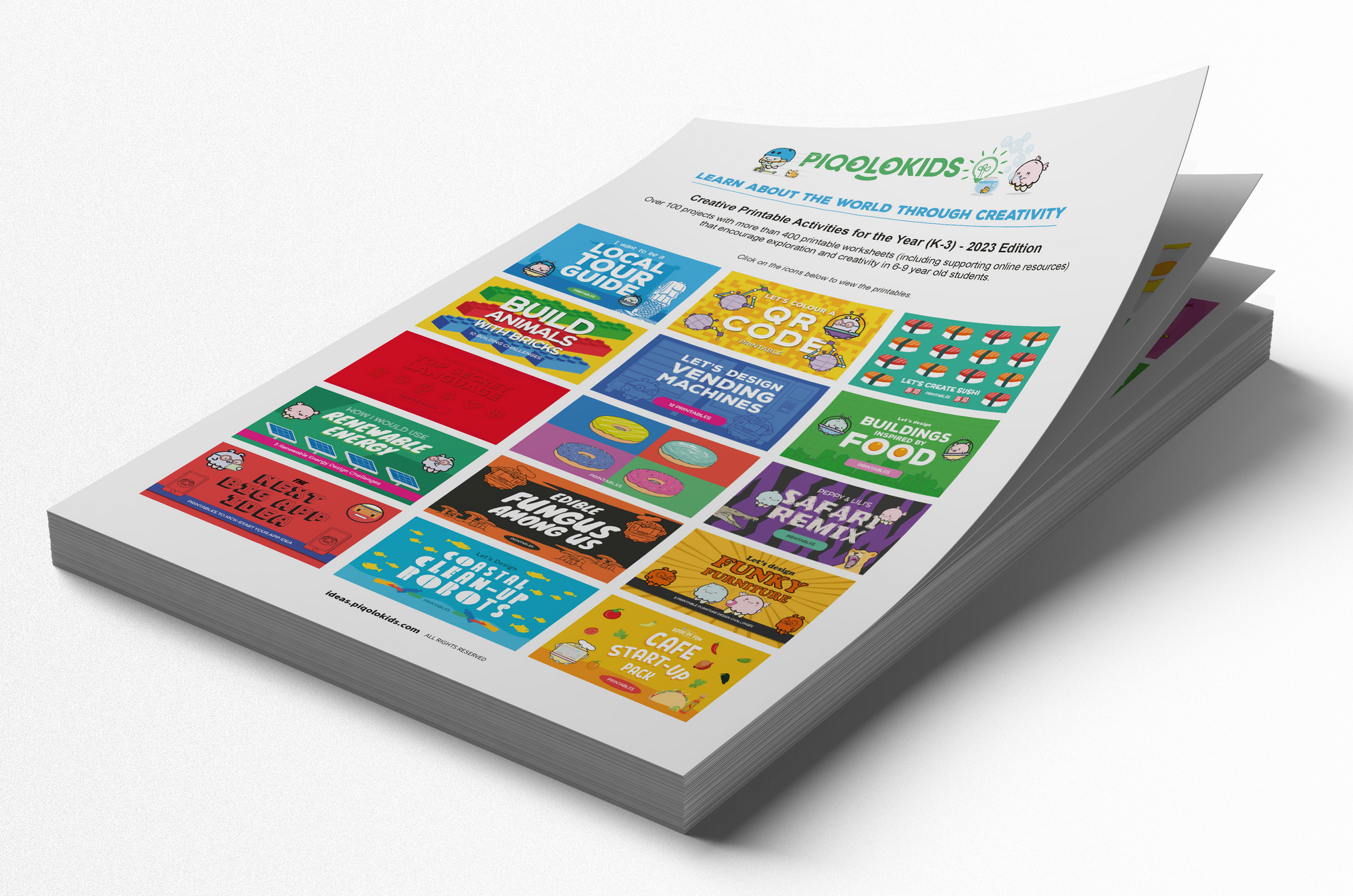
PBL and Genius Hour Supplement Printable Bundle (K-3) - 2023 Edition
This creative activity bundle is jam-packed with over 100 projects with more than 400 printable activity sheets for 6-9 year olds. With a focus on creativity and hands-on learning, this bundle is perfect for keeping little learners engaged, designing and creating for an entire year.
An excellent resource for teachers, subs, parents and caregivers looking for fun and creative activities to keep kids busy and learning. It's perfect for use in the classroom, at home or on the go. With so many activities to choose from, kids will never be bored!
- DIGITAL ONLY PRODUCT i.e. PDF format.
- Over 100 projects with more than 400 printable sheets.
- Printable sheets mainly black & white.
- Includes links to supporting online resources.
- File size: 166.5 MB / 518 pages.
Or join our Premium Subscription to access all the printable worksheets in the bundle and more for only $4/month.




